Eagles have the best eyesight of any living species on our blue and green mottled planet. While soaring at 10,000 feet, or 2 miles, Golden Eagles can spot a rabbit munching on grass in the valley below.
The level of detail eagles can see at this distance is astonishing. Unsurprisingly, this incredible vision is not uncommon in the phylogenetic order these birds reside in, Accipitriformes.
Accipitriformes (Latin for “having the form of a hawk”) include Old World vultures, hawks, kites, harriers, Osprey, Secretary Birds, and eagles. These raptors have always been known for their outstanding vision and are only rivaled by Falcons (Falconiformes) and Owls (Strigiformes).
In this article, I’ll focus more on the eagle’s eyes than the behaviors and lifestyles that make them such fascinating birds; I’ll save that for a future article. However, before we discuss how impressive the eagle eye is, I think it is vital to understand how it is in relation to our own eyes.
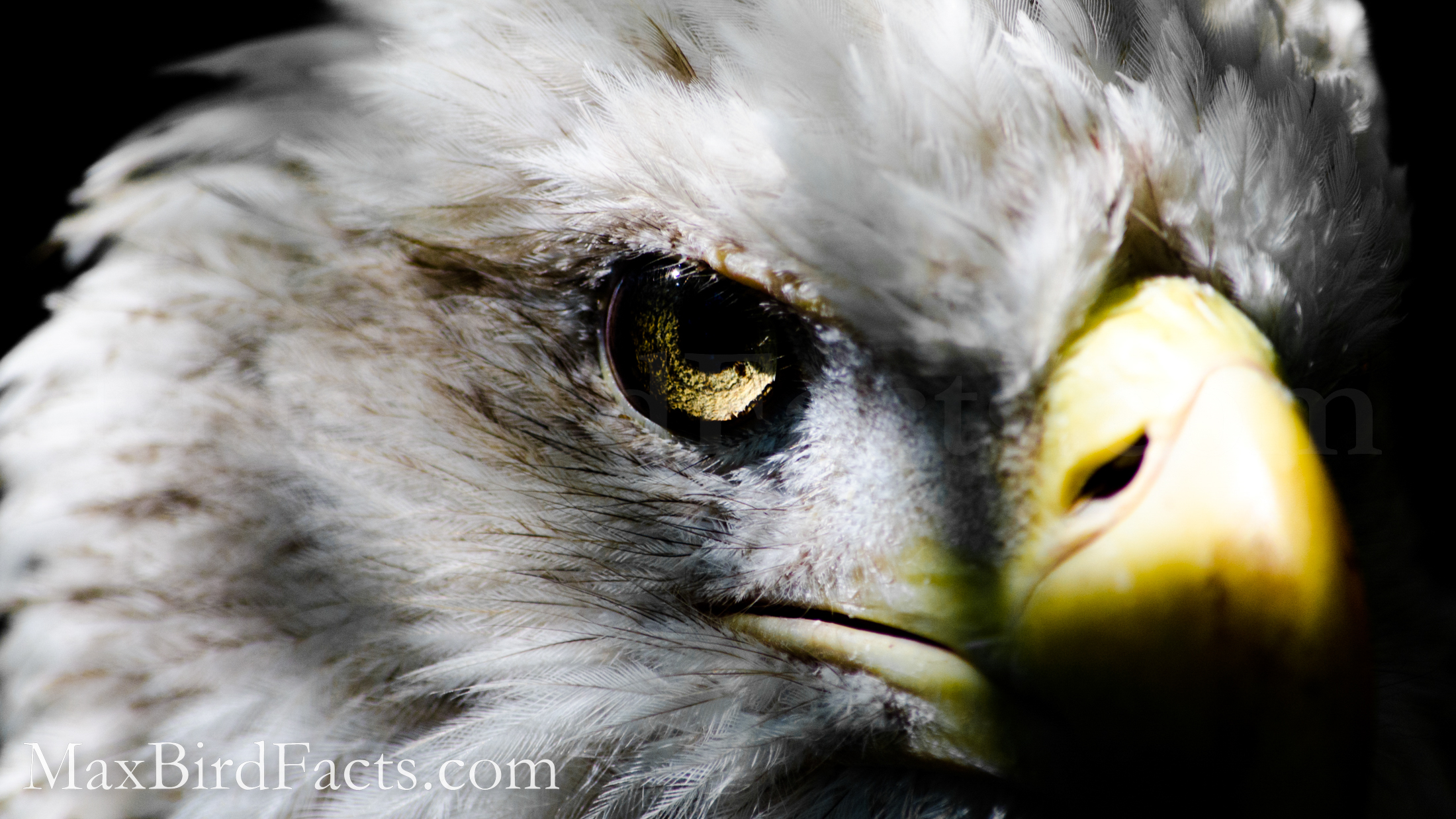
Mathematically Proving How Important An Eagle’s Eyes Are
Nearly every article mentions that eagle eyes are approximately the same size as a human’s. However, they don’t convey the numbers, and I think that is where the remarkable distinction lies.
The human eye weighs 28 grams, and for simplicity, this is equal to 0.0617 pounds for our calculations. The average body mass of an American adult is 185.3 pounds, while the largest Bald Eagle weighs in at 13.9 pounds.
Dividing the weight of the eye (0.0617 lbs) by the weight of the human (185 lbs) or eagle (13.9 lbs) will give us a ratio of how much mass the eye makes up. Using this, we can calculate that the human eye makes up 0.03335% of the total body mass, and the eye makes up 0.4439% of an eagle’s body mass.
All these numbers mean that our eyes would have to weigh 0.8212 pounds, or 372.4901 grams, to match a Bald Eagle’s eye-to-body weight ratio. That’s 13.03 times larger than our eyes currently are!
Numbers like this clearly show how well natural selection has molded birds into having some of the most efficient senses in living organisms.
Now that we’ve mathematically proven eagle eyes are superior to our human eyes; let’s see how they are better designed anatomically.
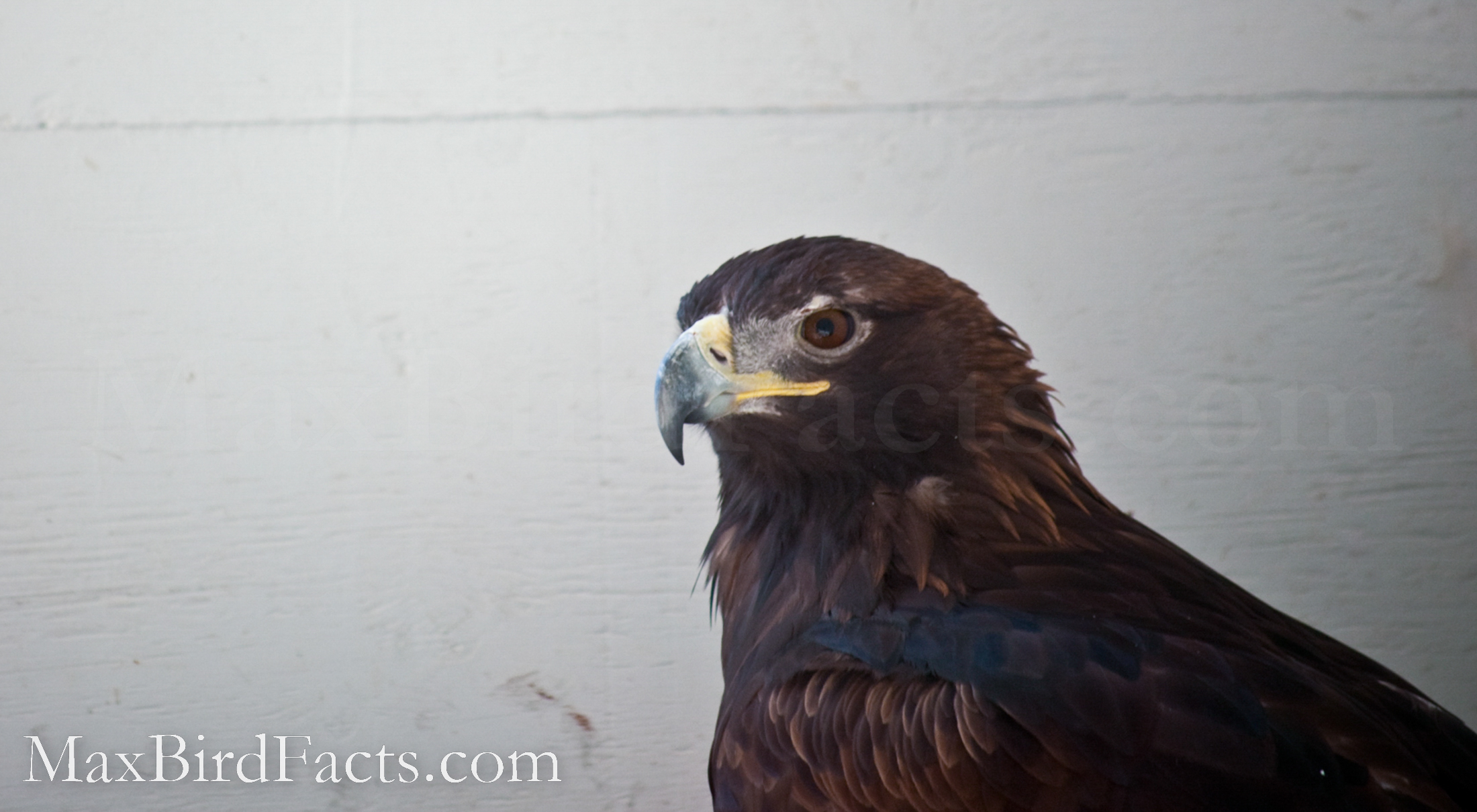
A Brief Overview Of Eagle Eye Anatomy
The structure of an eagle’s eye is again very different from ours—one of the most notable discrepancies is the lens size found in the eagle eye.
The function of the eye’s lens is to focus the incoming light to create a clear image of what the bird is inspecting. Eagles can also alter the configuration of their cornea, the outermost layer of the eye and the first layer light enters. Changing the shape of both the lens and cornea allows these birds to create crystal clear images of their prey.
The central fovea in eagles has 1,000,000 cones per millimeter-squared, compared to the 200,000 in the human eye. The central fovea gives us our fine point of focus in each eye and is the highest density of cones on the retina.
This insane concentration of cones allows eagles to see something at twenty feet with the same detail we can see at five feet (20/5 vision). Apply this to greater distances, and you can quickly realize how these raptors can see two miles into the distance.
For example, a road sign you can see with great detail at 150 feet would be a piece of cake for an eagle to read at 600 feet. Essentially, an eagle’s vision is four times superior to a human’s.
The eyes are so meaningful to these birds that they are greater than their brain by weight and take up nearly half of the skull. Since their eyes are so massive compared to the rest of their head, an eagle’s eyes are fixed in their head with only a tiny range of motion.
This issue isn’t uncommon for large predatory birds. For example, owls have some of the most enormous eyes in the avian world and can’t move them at all. Therefore, like owls, eagles must shift and adjust their heads to focus on separate targets.
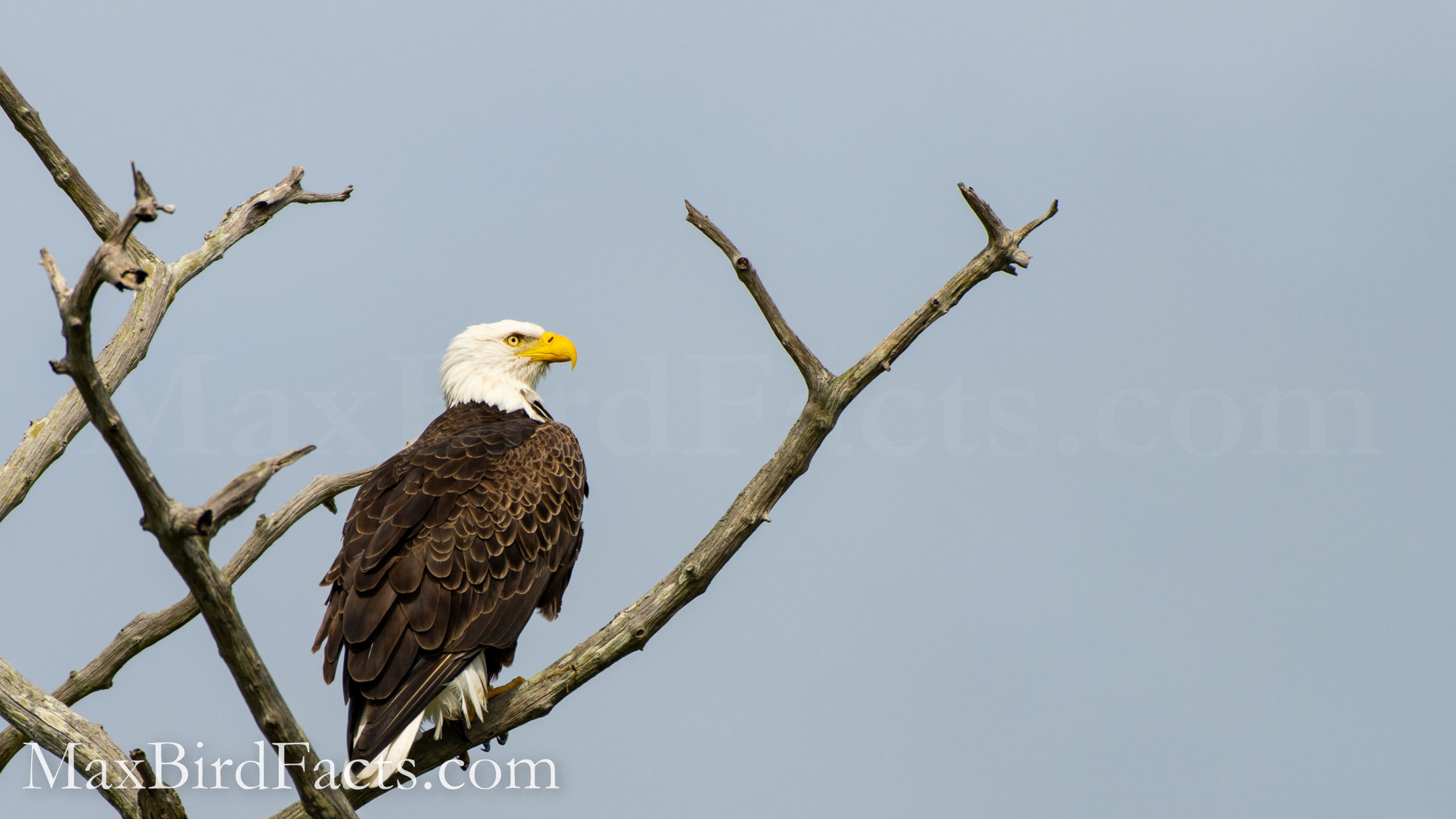
Telephoto Lenses or 4K TVs For Eyes
Now that we know our eyes are inferior to an eagle’s by ten-fold in power and four-fold in function, let’s find out what they are capable of.
As mentioned in the section above, eagles can manipulate their lens (like ours) and cornea (unique to birds). This does help to increase the bird’s focus, but it also mimics the zoom function on a camera.
The amount of cones in the fovea also plays a significant role in this ability. Since the eagle’s fovea has five times the number of color sensory cells, it is much more acute to the received light.
I should state that this isn’t the same as rotating the zoom ring on a telephoto lens; it is more similar to increasing the quality of the image on a massive scale.
Think of it as an image or screen resolution. For example, look at an image scaled to a 720p resolution and compare it to the exact same image set to 3840p. Even though they are the same image, you can make out much more detail from the image on the higher resolution because of its grander detail—this is the difference between an HD TV and a 4K TV.
In this manner, the eagle is creating an image with a quality level equivalent to a four to eight times magnification. But, again, all of this is done through image quality, not a mechanical zoom in the raptor’s vision.
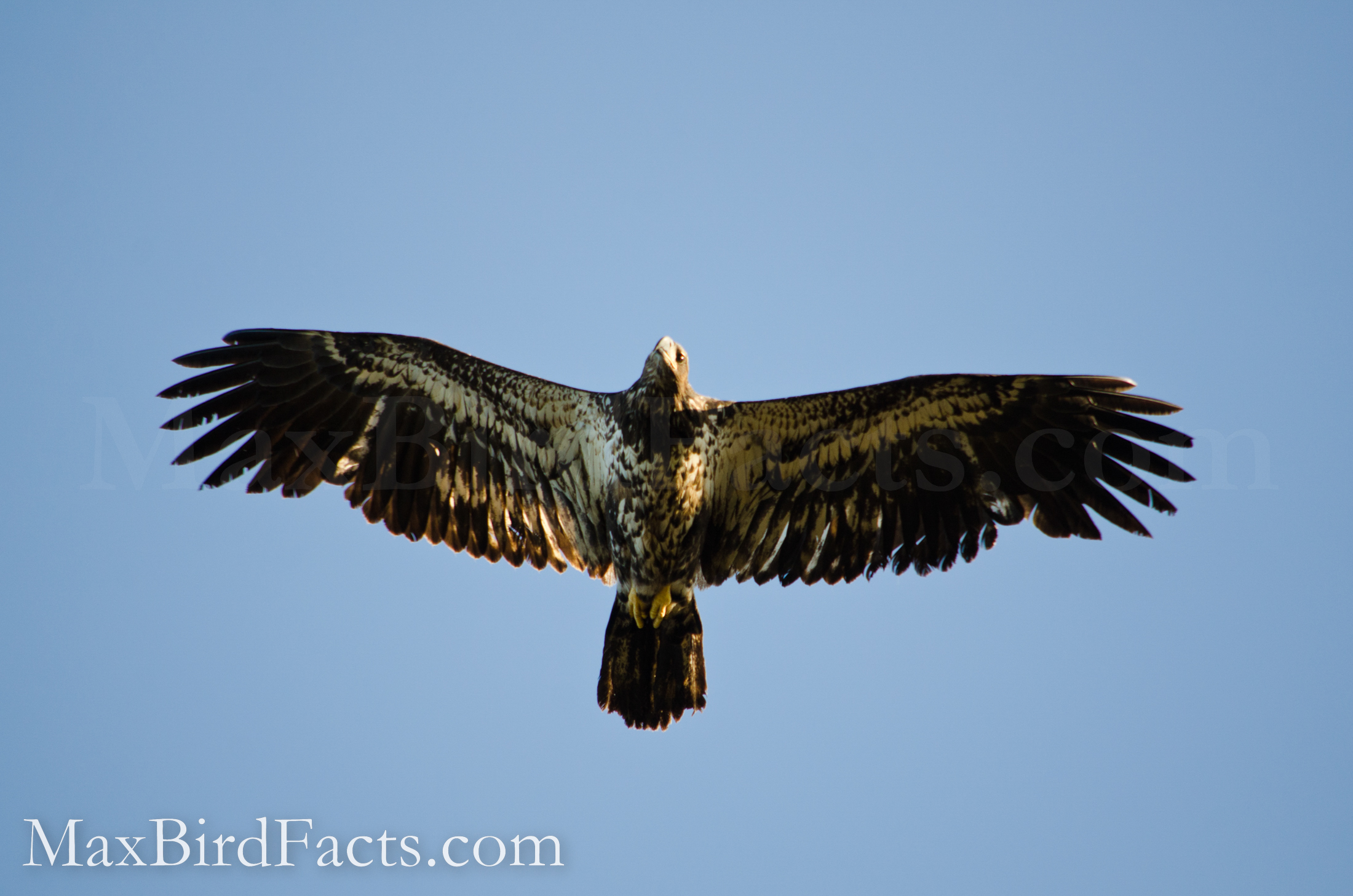
On top of all this, eagles can also see the infrared spectrum of light. This feature is shared among nearly every living avian and is used in various ways, from finding prey to sending imperceptible messages.
With this immense sensitivity to the color spectrum and mindblowing image quality, it is no wonder that eagles can see as far as they do.
But why did the eagles specialize in these hyper-powerful eyes? The simple and obvious answer is to spot their prey more easily.
Golden Eagles are the kings of the Rocky Mountains. Riding thermals up to cruising altitude, 10,000 to 20,000 feet, they scan the rocky terrain for any movement.
If it weren’t for their spectacular eyes, the eagle would have to fly closer to the surface and risk startling its prey. Instead, because of their stunning vision, these massive raptors can stay as a speck in the air until they slam down, talons first, to snatch up an unsuspecting hare.
The same is true with the Bald Eagle, though for a different game and environment. These more widespread eagles hunt primarily fish, and they have to account for the refraction of light caused by the water.
Young eagles have a hard time catching live fish, but eventually, they will learn the correct angle to attack their aquatic prey. Like the Golden, the Bald Eagle must spot the fish before it knows it is being hunted. Once the fish knows a predator is eyeing it, the fish will go into deeper waters and be lost to the eagle.
The powerful vision of the eagle means it can watch the water while perched in a tree, waiting for something to make itself available for a nice meal. The eagle could also take to the wing and soar above the water in search of a school of fish or some other potential prey.

Now We Know How Far Can An Eagle See!
So, how far can an eagle see? An eagle can see up to two miles away with great detail.
Their eyes are 13.03 times larger than ours when comparing the eye-to-body-weight ratio, which clearly shows how critical these organs are to an eagle’s success.
Modifications to the structure and function of some of the eye’s components are vital to their unbelievable eyesight. Possessing the ability to accommodate both the lens and cornea provide eagles with a more focused image than we’ll ever see. Combine this with a central fovea with five times more cones than ours and the ability to see ultraviolet light, and you get the eyes of a bird from which nothing can hide.
Having vision equivalent to a 4K screen, while we’re stuck at 720p HD, eagles can make out greater detail at four times the distance we can. This is imperative for the Golden Eagle to spot a rabbit hiding in brush and crags or for a Bald Eagle to detect a trout swimming below the water’s surface.
Eagles are some of the most captivating and striking birds in the avian world, and just their eyes hold so much intrigue.
I really hope you enjoyed reading this article as much as I did writing it. If you have ideas or suggestions for topics you would like me to write about in the future, feel free to leave a comment below or shoot me an email!
Get Outside & Happy Birding!!!
Max
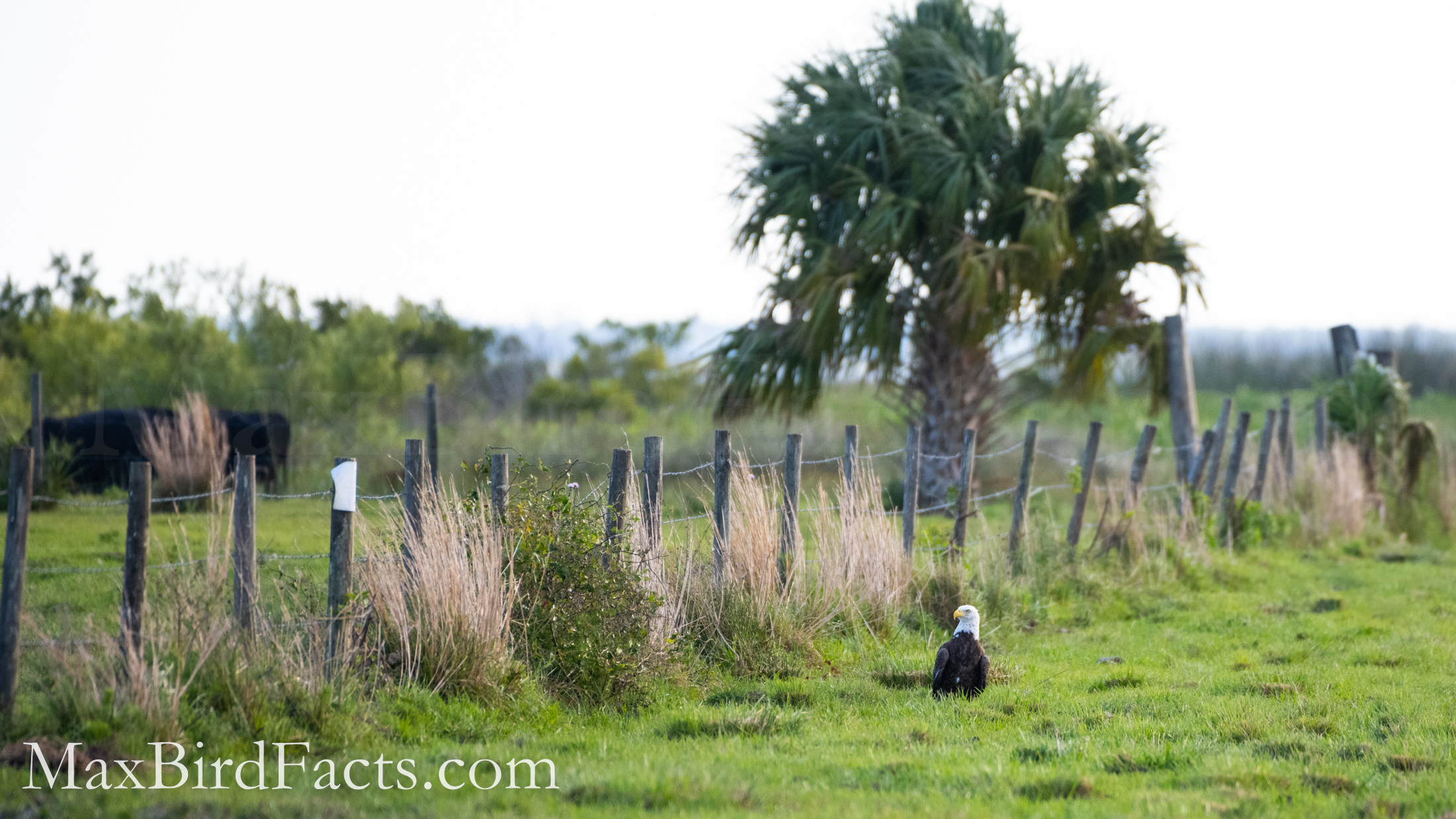
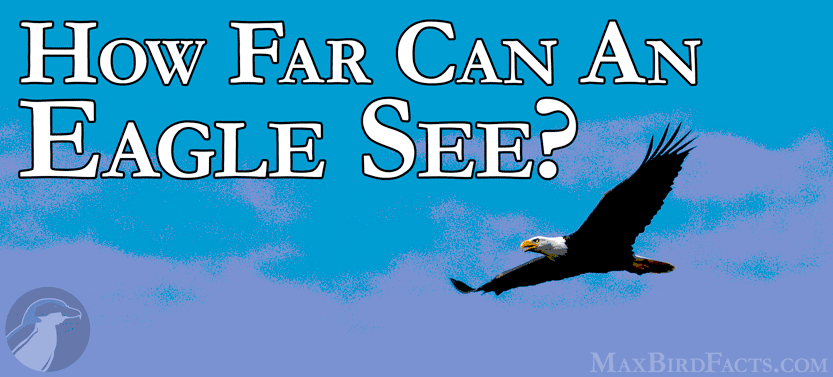
Pingback: 15 Facts About The Bald Eagle – A National Symbol of Success – Welcome to MaxBirdFacts.com!!!
Hello! I just would like to give a huge thumbs up for the great info you have here on this post. I will be coming back to your blog for more soon.